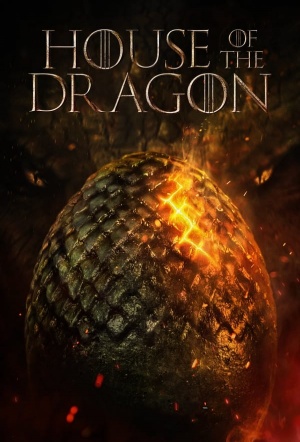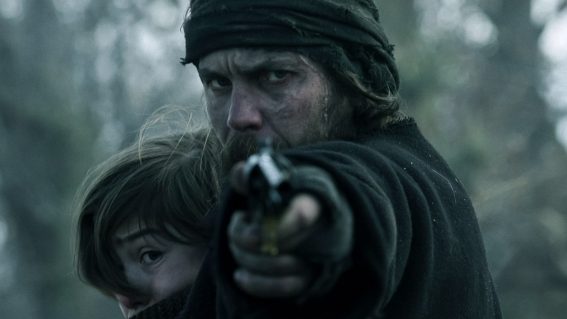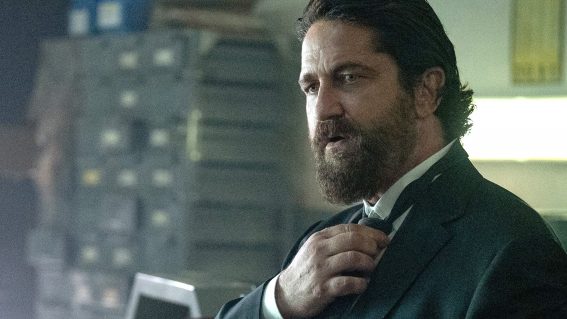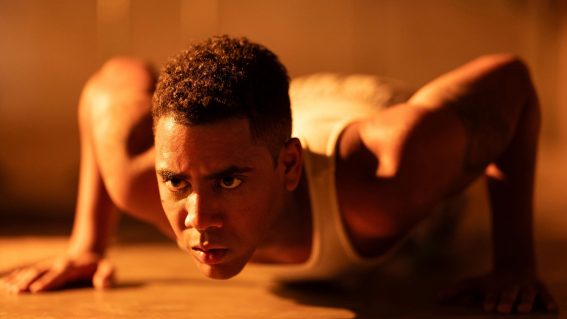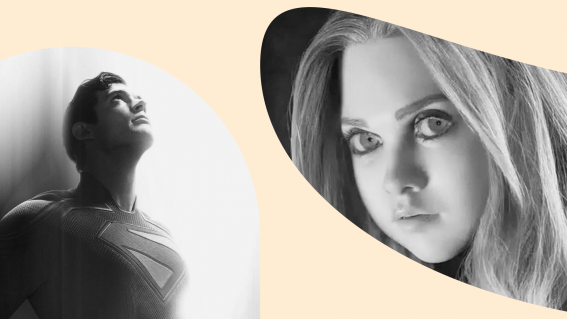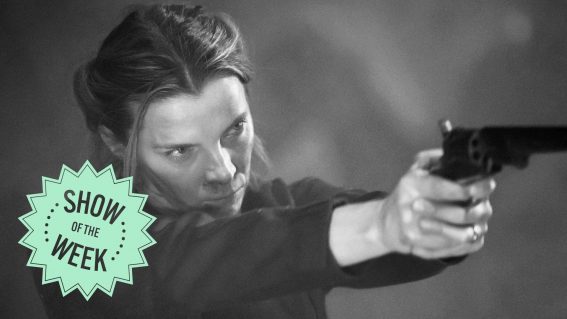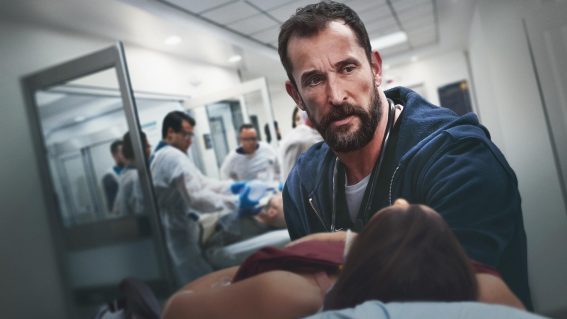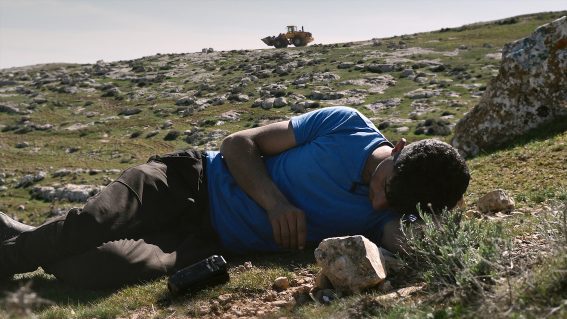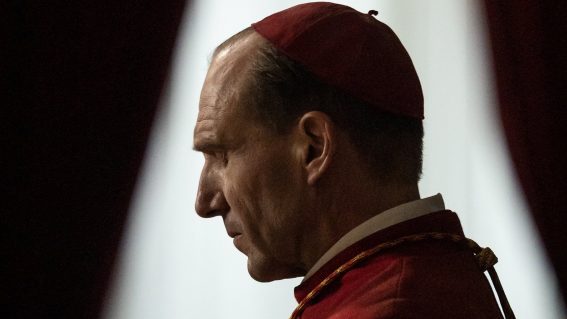Seen That? Watch This: House of the Dragon and the greatest movie dragons

Seen That? Watch This is a weekly column from critic Luke Buckmaster, taking a new release and matching it to comparable works. This week, it’s House of the Dragon and the all-time greatest movie dragons.
House of the Dragon: Season 1
Ask Game of Thrones fans to name their favourite part of the show and many would say dragons—a more socially acceptable response than “gratuitous nudity and violence”. It seemed obvious from the outset that House of the Dragon—based a couple of centuries before GoT—was created to capitalize on the evergreen appeal of these mythical flying pyromaniacs. After all, “dragon” is in the title, and the series doesn’t pussyfoot around in delivering glimpses of high-octane, wing-flapping spectacle.
At the start of episode one, Princess Rhaenyra (Emma D’Arcy) pilots a dragon through cinematic location-establishing shots presenting King’s Landing, painted in that grand fantasy aesthetic that screams “this cost a fortune”. After Rhaenyra demounts the creature, her mother asks her to take a bath—because “you stink of dragon”. That may be true of the princess, but many will form the view, as I have, that the show itself doesn’t stink enough of dragon.
The script is stuffed full of power-wrangling and there is much yakkety yak about allegiances, heirs, bloodlines, and other royal matters. The actors tend to speak with the same kind of monarchical tone and even modulation, producing the verbal equivalent of background music.
It doesn’t take long for the series to feel safe in its world-building, never taking risks to retain the viewer’s attention—as if paralysed by its own grandeur. During the many flat bits, I wondered: what makes a good dragon? And which are the all-time greatest dragons from movies? Here’s three.
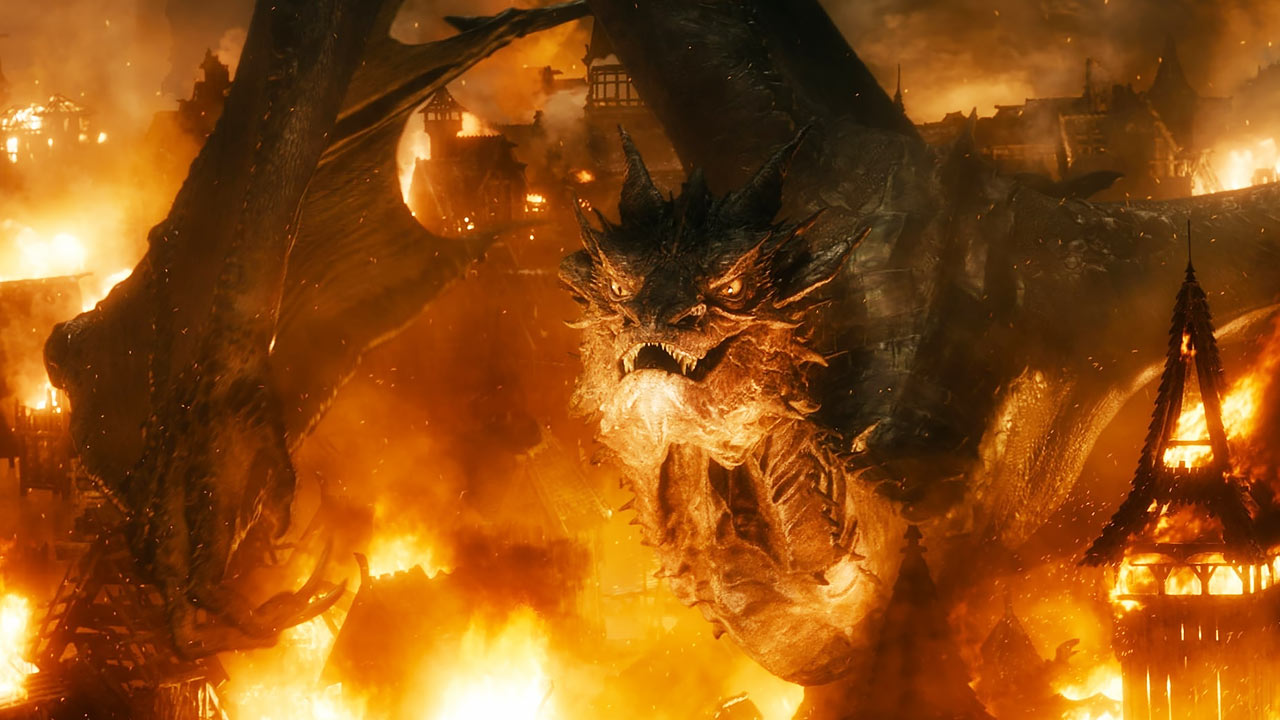
The Hobbit: The Battle of the Five Armies (2014)
Given The Hobbit was adapted by Peter Jackson, who is not exactly known for narrative economy, it takes approximately 27 hours before we meet the famous titular dragon in The Desolation of Smaug. This very bitter, very crotchety character doesn’t get out much and is a living testament to the phrase “money doesn’t buy happiness”. Smaug literally sleeps on a pile of loot, presumably spending his time mentally rehearsing lines he’ll deliver when fortune seekers come a-knockin’.
Indeed, old mate Smaugo has plenty to say when Bilbo Baggins (Martin Freeman) enters his lair after the aforementioned 27-hour wait. But a superior scene takes place at the beginning of the final Hobbit film, The Battle of the Five Armies. Smaug leaves his Scrooge McDuck-esque lair and attacks Laketown: a small, crammed community erected on wooden pillars. This moment is pure carnage and spectacle, the swooshing fiend going on a fire-breathing, town-destroying rampage.
This is a classic dragon scene because it taps into a dragon’s metaphorical power, Smaug symbolizing the destructive impact of greed. Laketown citizens realise it’s too late to save their community, so they stuff as much gold into their boats as possible, slowing down their escape attempt—and hastening their fate. It looks like one of the parties will make it, but when a freshly slain Smaug collapses on top of them, crushing them instantly, the point is spectacularly made that greed can be lethal.
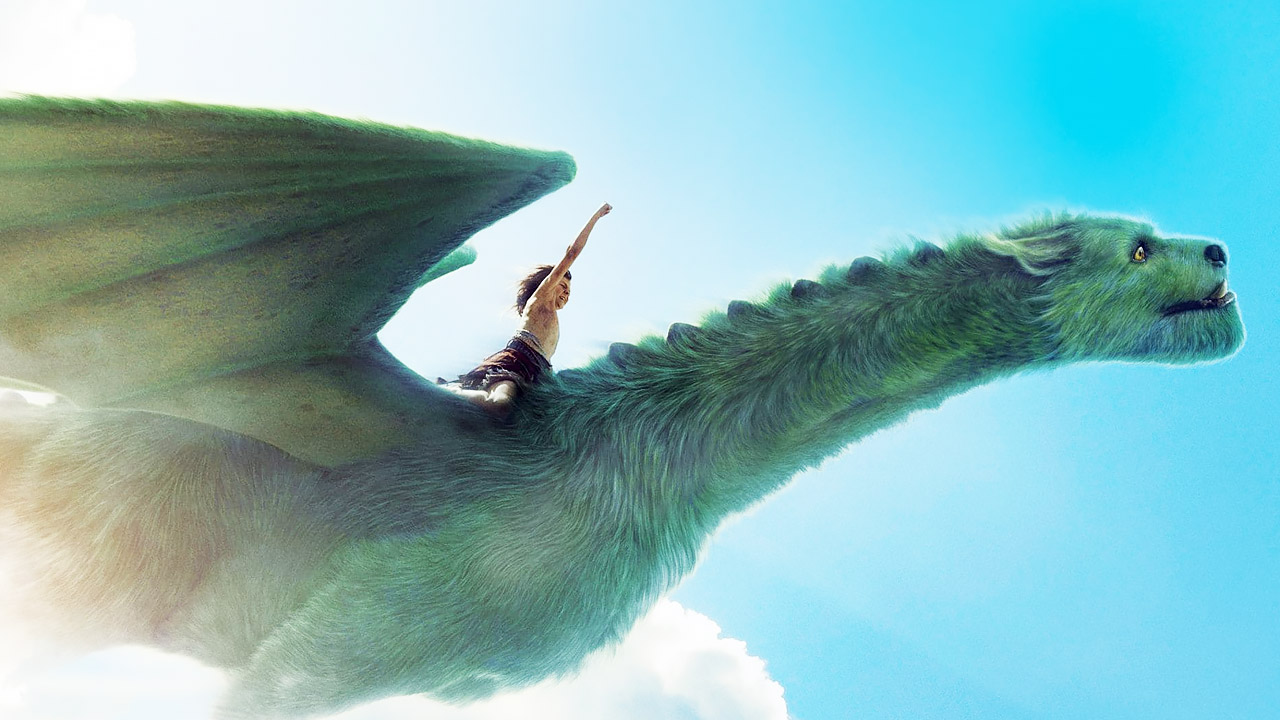
Pete’s Dragon (2016)
In David Lowery’s lovely remake of the shonky Disney animation of the same name, the titular dragon symbolizes beautiful things that can’t be seen by the naked eye. This theme is articulated by a rambling old-timer played by Robert Redford, who met the dragon as a child and regales stories about it to children, telling them: “If you go through the world only looking at what’s right in front of you, you miss out on a whole lot”.
The old “magic still exists, you just need to look for it” line reeks of potential mawkishness, but Lowery (who directed the brilliant A Ghost Story) makes the film rich and rewarding. Pete’s Dragon is a rare kind of family movie, describable as a “tone poem” without feeling like you’re making too much of it. Opening with a sweet-then-tragic scene leading into a car crash, the director balances light and dark, appealing to the adult in the child and the child in the adult.
In one scene Pete (Oakes Fegley) runs through a forest then climbs onto his dragon, Elliott, and flies away—illustrating a dream of countless children since time immemorial. Like other classics about special childhood companions, such as E.T. The Extra-Terrestrial and The Iron Giant, Pete’s Dragon also reflects on the sanctity of childhood experience and its incompatibility with adult reality.
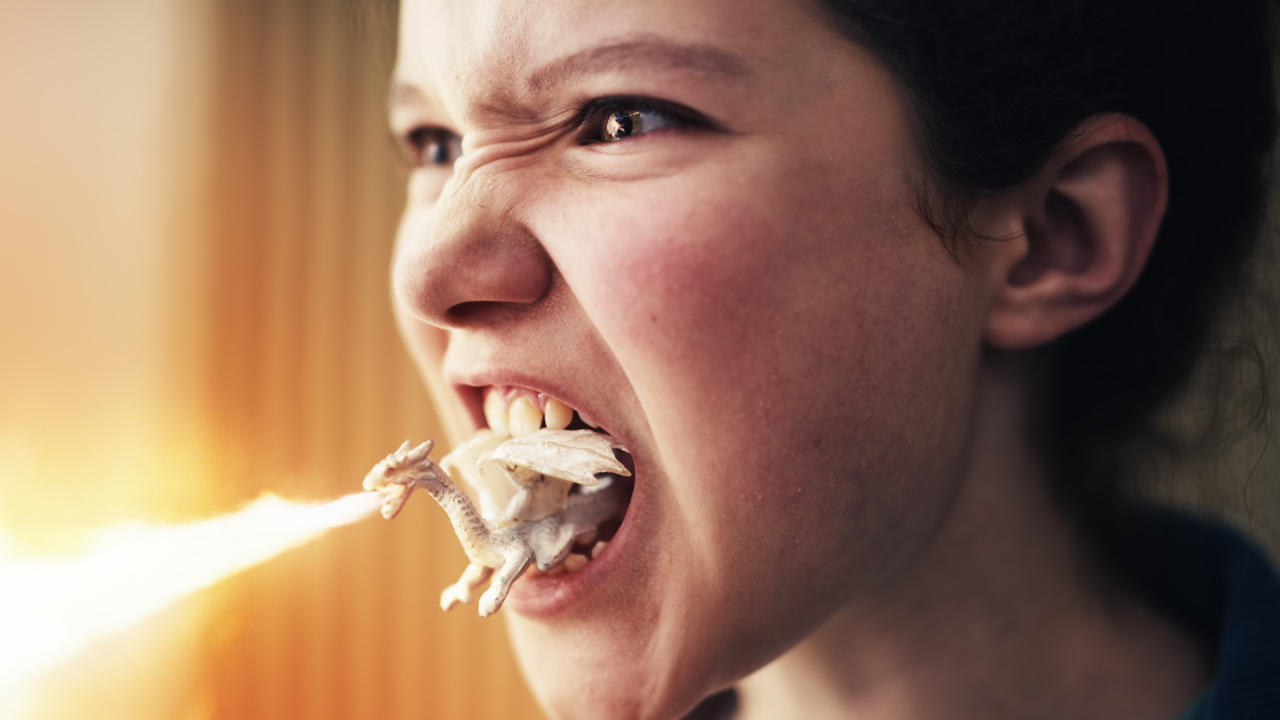
Blaze (2022)
This powerful Australian drama, from revered painter and sculpture artist Del Kathryn Barton, avoids the cliches of presenting a dragon as pure evil (Smaug) or the benevolent friend of a child (Elliott). Here it symbolizes the inner strength drawn upon by 12-year-old protagonist Blaze (Julia Savage) to deal with horrific trauma, after she witnesses a woman being raped and murdered.
Aesthetically the dragon assumes multiple forms, for instance appearing during a fantasy-tinged courtroom scene in miniature form: positioned in Blaze’s mouth, breathing fire on the perpetrator. Mostly it resides in the protagonist’s bedroom and is a large, tactile creation, made up of colourful materials attached to all sorts of feathery bits and shiny pieces. This dragon is difficult to describe, partly because Barton specializes in psychedelic artworks not easily summarized in words, and also because vision of it is obscured.
This isn’t the sort of production in which a dragon is piloted across majestic-looking sun-dappled settings. It’s hard-hitting and deeply ruminative, with a core tension contrasting cold reality with imaginative creations. Like the great, poignant song Puff the Magic Dragon, the film uses dragons to convey a bittersweet idea: that growing up involves leaving behind things that are profoundly special, but have run their course.

